The clubs are essential equipment in the game of golf, each designed with a specific purpose in mind. The right golf clubs are an extension of a golfer’s arm, enabling them to strike the golf ball and strategically navigate around the golf course. Selecting the correct golf clubs goes beyond merely opting for the costliest or most popular ones.
The process involves understanding each club’s features, capabilities, and ideal uses, and choosing those that align best with the golfer’s style, skill level, and course conditions.
Types of Golf Clubs
A golfer’s bag typically houses various golf clubs categorized into five groups: woods, irons, wedges, and putters. Below are the unique characteristics and uses of each club type, equipping you for your upcoming golfing adventure:
Woods
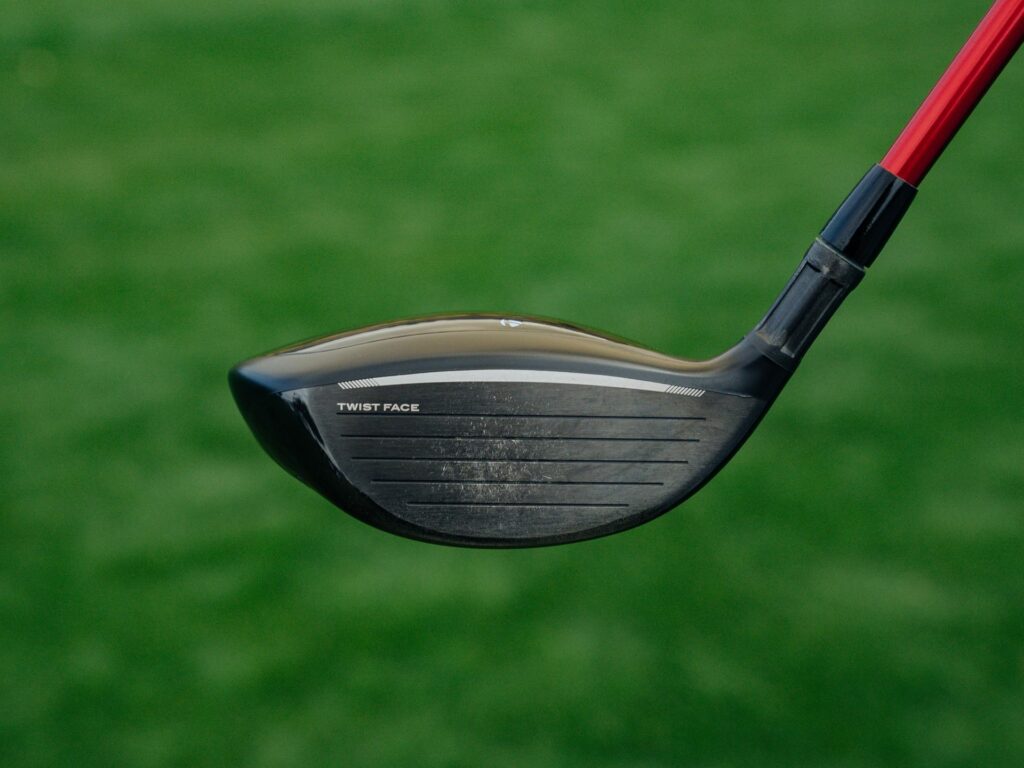
Woods are acknowledged for their extended shafts and substantial, circular heads. They’re the go-to clubs for long-distance shots, particularly useful during the kickoff at par-4 and par-5 holes. The driver, or the 1-wood, offers the longest distance of all the clubs, making it ideal for starting holes. In contrast, the fairway woods, usually numbered from 3 to 7, provide somewhat less distance but more control. They are generally used for long shots on the fairway, and sometimes off the tee, especially when precision is more vital than distance.
Irons
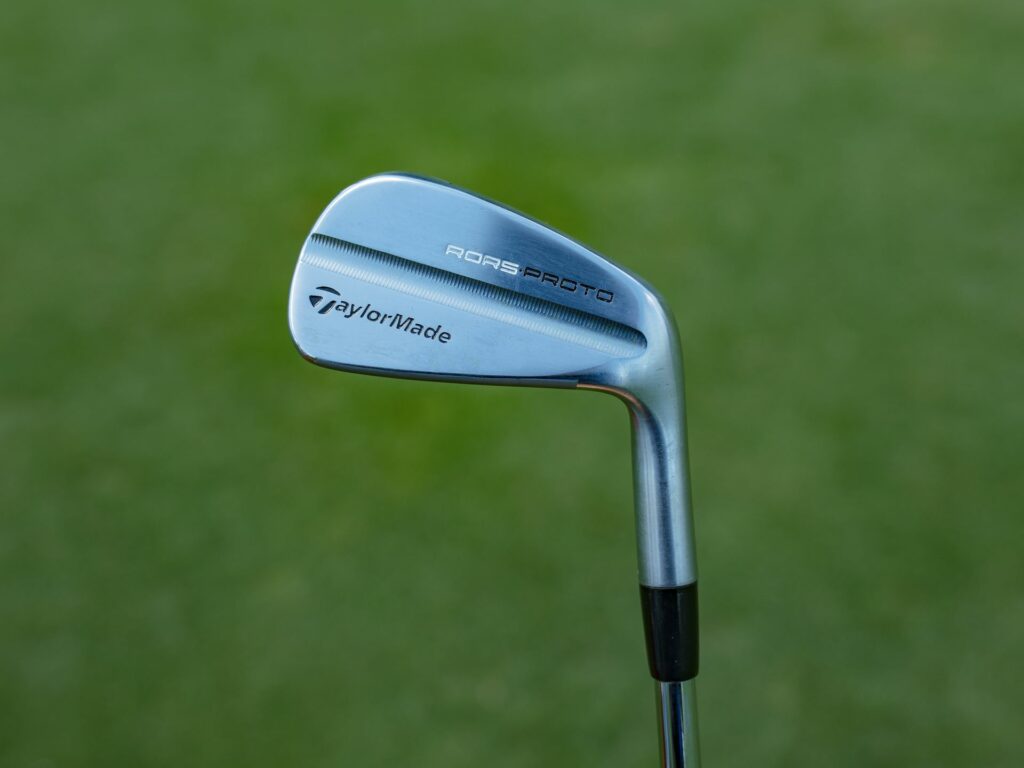
Irons have a broader range of uses, from teeing off on shorter holes to making approach shots onto the green, and even extracting the ball from difficult lies. Irons have flat, angled clubheads and are typically categorized as long irons (2-4), mid-irons (5-7), and short irons (8-9). Long irons, while capable of achieving significant distances, are challenging to handle due to their smaller, narrower soles. Short irons, with larger, wider soles, provide less distance but higher control and are easier to hit.
Wedges
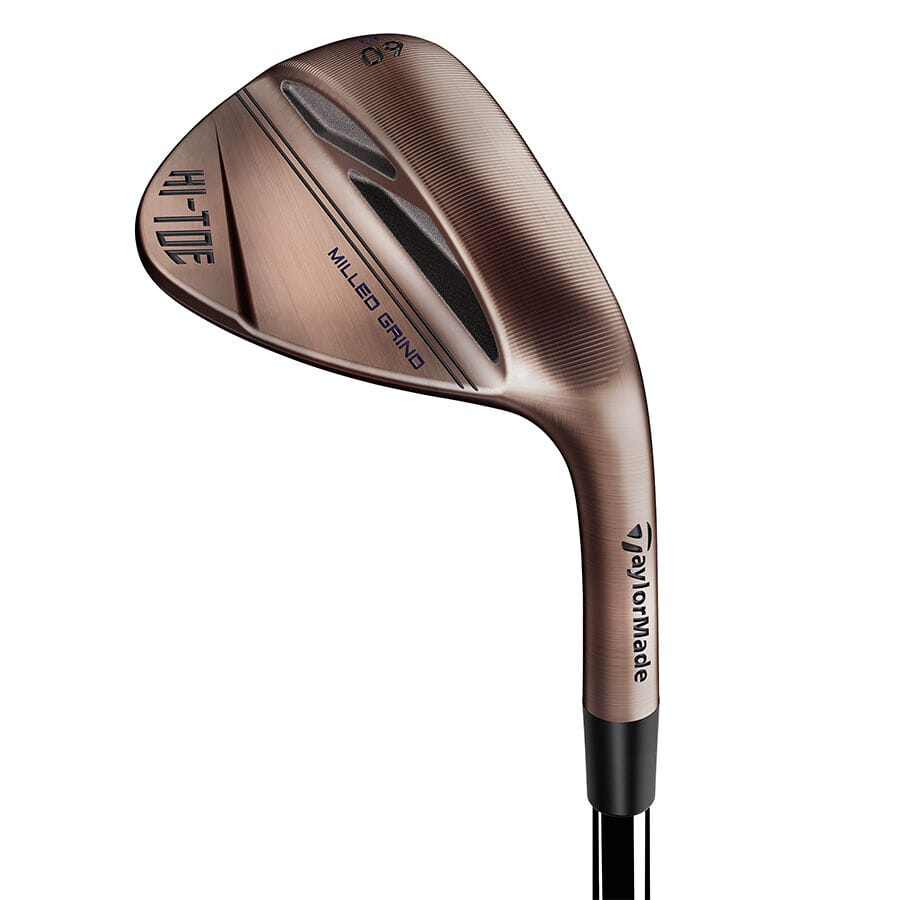
Wedges are a subset of irons designed for short-range, precision shots. They prove handy when aiming for the green from a close distance, escaping from sand bunkers, or navigating around other obstacles.
Varieties include the pitching wedge, used for longer chip shots; the sand wedge, specifically designed with a heavier, wider sole for bunker shots; and the lob wedge, used for high, short shots over obstacles.
Putters
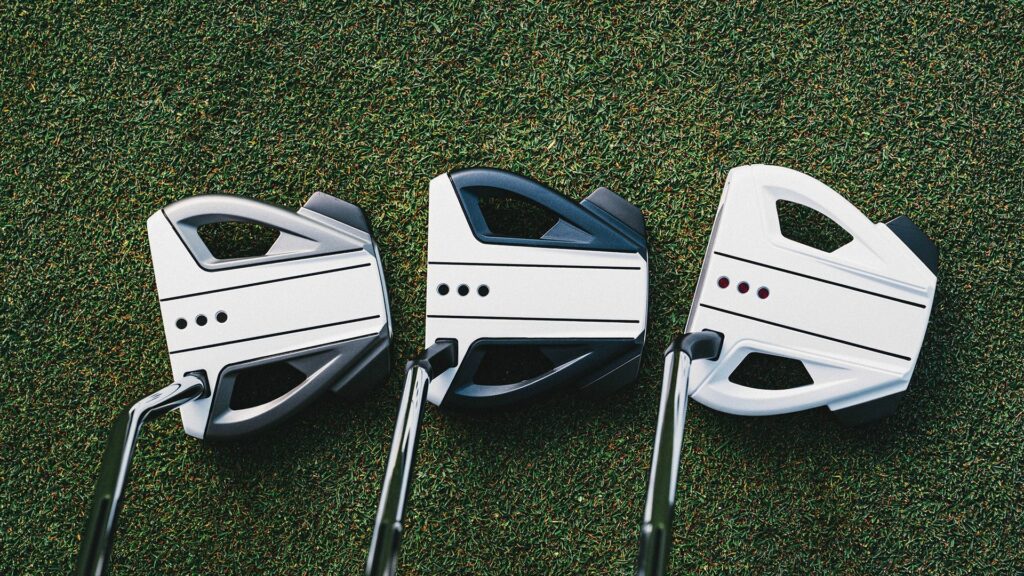
In a typical game of golf, the putter is the club that sees the most use. It’s specifically designed for rolling the ball along the smooth surface of the green and into the hole.
There’s a wide variety of putters, ranging from traditional blade putters to the more modern, forgiving mallet putters that come with a larger head design. The process of putter fitting is critical to match the club with your stroke style and comfort, as even minor inaccuracies can be consequential.
Factors Influencing Club Selection
Selecting the right club depends significantly on your swing speed, skill level, and course conditions. If you have a high swing speed, you may find lower-lofted clubs with stiffer shafts beneficial.
In contrast, beginners or those with slower swing speeds might find clubs with larger clubheads and higher loft angles more forgiving. Course conditions also influence club choice. For example, on a wet course, you might need a club with a higher loft angle to lift the ball higher.
Club Customization and Fitting
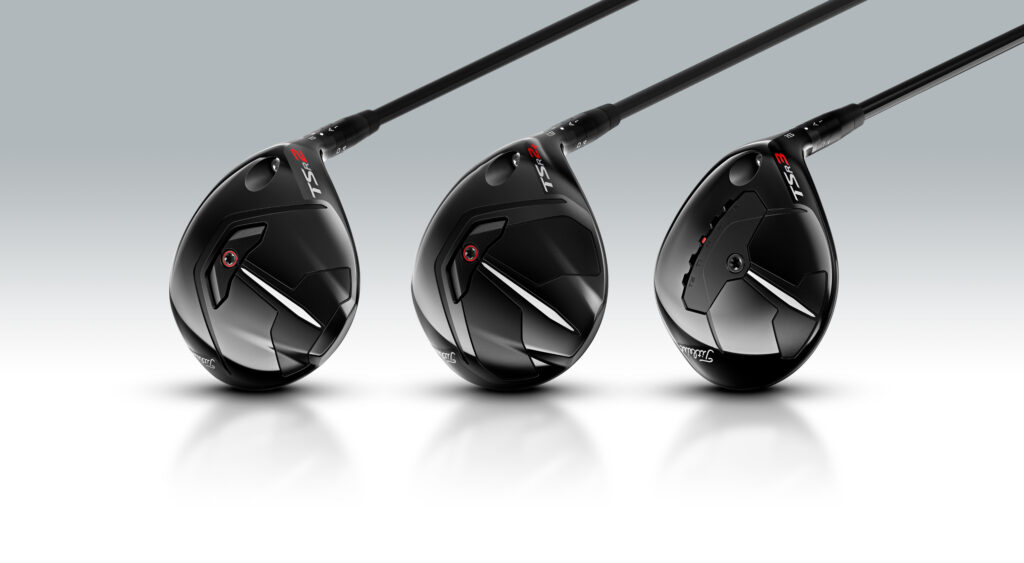
Customization and fitting of golf clubs play a critical role in enhancing your performance. It’s vital to choose the right grip size and shaft flex to ensure comfort, control, and precision in your swings. Large grips may limit wrist action, leading to slices, while small grips could cause rotation, resulting in hooks.
Shaft flex, which should correspond to your swing speed, significantly affects shot distance and accuracy, with stiffer shafts for faster swingers and flexible ones for slower swingers.
The lie angle and club length are critical in club customization. An accurate lie angle prevents off-target shots and enhances control, while the club length should balance distance and control, adjusted according to your height and arm length. These considerations are key to optimizing your game’s quality.
Club fitting involves assessing a golfer’s physical characteristics, swing style, and performance needs to tailor the perfect set of clubs. This process may involve trying out various clubs, monitoring ball flight, assessing swing mechanics, and analyzing data using advanced technology.
The benefits of club fitting are substantial. It can significantly enhance your game by increasing shot distance, improving accuracy, offering better control, and boosting overall consistency. Additionally, a well-fitted club feels comfortable, instills confidence, and adds enjoyment to the game.
Conclusion
Golf clubs are far more than just tools for the game; they’re an extension of the golfer, each with unique attributes catering to specific shots and situations. Golf clubs aren’t merely tools that allow you to play the game; they profoundly influence your performance, individual style, and the enjoyment you get from the sport.
Therefore, it’s of utmost importance to choose and adjust your clubs to align with your golfing technique and skill level, capitalizing on the wide range of choices available. The right club choice can significantly enhance your game and overall golfing experience.

